The Community Centre at 58 Cecil Street is situated on a residential street south of College Street, to the east of the ever-busy Spadina Avenue. The building has changed hands several times since it was constructed in 1891. Originally, it was the “Church of Christ (Disciples),” a protestant denomination that stressed New Testament teachings and maintained a strong mission outreach. Prior to moving into the location on Cecil Street, members had gathered in various locations, including the Occidental Hall at Queen West and Bathurst Streets. This building is now the CB2 Kitchen and Supply Store at 651 Queen West. The congregation also rented a church near Dennison Avenue and Queen Street.
The architects of the Church of Christ (Disciples) were Knox and Elliott, who had previously designed row houses and private residences throughout the city. The transformer station (Terauley Street Station), which still exists today, on the west side of Bay Street south of Dundas, was another of their commissions. Perhaps their most well-known design was the impressive Confederation Life Building on the northeast corner of Yonge and Richmond Streets. It too still exists today. Similar to the Confederation Life Building, when designing the Church of Christ, the architects chose the Romanesque Revival Style. Its heavy, fortress-like appearance contains large stones and solid shapes. The stained-glass windows facing Cecil Street have a large Roman arch above them. The stone foundations and the stones around east door resemble those of Toronto’s Old City Hall, another Romanesque Revival structure. Originally, the top of the 95-foot bell tower was pointed, and over the west doorway there was a massive stone portico. Both these features were later removed.
The church c. 1912, as it appeared when the congregation of the Church of Christ (Disciples) occupied the building. In this photo, the top of the tower is pointed. The tower is not situated parallel to the street and there is a large stone portico over the doorway at the base of the tower. Toronto Archives, F1244, it.2366.
The shape of the church was basically a 65-foot square. Constructed of pale yellow bricks, it contained large gables on the south and west sides, and a roof of slate-rock tiles. The interior of the church was spacious, the congregation seated beneath a high vaulted ceiling, supported by pillars ornamented with classical designs. The capitals on the columns were in the Greek Ionic style. Large stained glass windows allowed plenteous light into its interior. A schoolroom was added to the church in 1908 and an organ was installed in 1915. However, as the demographics of the area changed, the congregation dwindled, and the building was sold in 1925 for $20,000.
Next, the building became the Ostrovtzer Synagogue. The congregation had been founded in 1908, its name derived from a city in Poland. By the 1920s, many of its members had relocated from the Ward District, east of University Avenue, to the Kensington Market area. They considered the building on Cecil Street an ideal location, since most worshippers were able to walk to the services. The former church was altered when it became a synagogue. The bell tower was replaced and realigned so that it was parallel to the street. It contained a small dome instead of a pointed top. The large portico at the base of the tower, over the west doorway, was removed. The building’s interior was also renovated to suit their purposes. Two large marble plaques were attached to the wall, inside the door, displaying the names of those who had contributed funds to purchase the building. In the 1950s, when the demographic of the community changed again, the Jewish congregation sold the building.
It was bought by the Catholic Diocese in 1966, and it became a centre to aid the Chinese community. The building changed hands again in the 1970s, when the Community Homophile Association occupied it as a centre for promoting gay rights. In 1978, it was purchased by the City of Toronto and it became a community centre. At some point in time, the windows of the north facade were greatly altered. Today, the community centre is busy every day and evening with activities that serve the needs of the residents in the Kensington area.
Note: I am grateful to Torontoist.com for some of the information in this post, as well as the staff of the community centre who generously allowed me to photograph the interior of the building and discussed the history of the building.
The entrance to the building, the tower above it, in the summer of 2013.
Marble plaques on the wall installed in the 1920s by the Jewish congregation.
Interior view of the large domed ceiling and the archways and pillars that support it. Photo taken in 2013.
Classical ornamentations on the pillars that support the dome.
View of the interior from the balcony in 2013.
The dome on the top of the tower, June 2015.
The Cecil Street Community Centre in April 2013.
The Cecil Street Community Centre in June 2015.
To view the Home Page for this blog: https://tayloronhistory.com/
A link to view posts that explore Toronto’s Heritage Buildings:
https://tayloronhistory.com/2014/01/02/canadas-cultural-scenetorontos-architectural-heritage/
To view previous blogs about movie houses of Toronto—historic and modern
Recent publication entitled “Toronto’s Theatres and the Golden Age of the Silver Screen,” by the author of this blog. The publication explores 50 of Toronto’s old theatres and contains over 80 archival photographs of the facades, marquees and interiors of the theatres. It relates anecdotes and stories of the author and others who experienced these grand old movie houses.
To place an order for this book:
Book also available in Chapter/Indigo, the Bell Lightbox Book Store and by phoning University of Toronto Press, Distribution: 416-667-7791
Another book, published by Dundurn Press, containing 80 of Toronto’s old movie theatres will be released in the spring of 2016. It is entitled, “Toronto’s Movie Theatres of Yesteryear—Brought Back to Thrill You Again.” It contains over 130 archival photographs.
A second publication, “Toronto Then and Now,” published by Pavilion Press (London, England) explores 75 of the city’s heritage sites. This book will also be released in the spring of 2016.
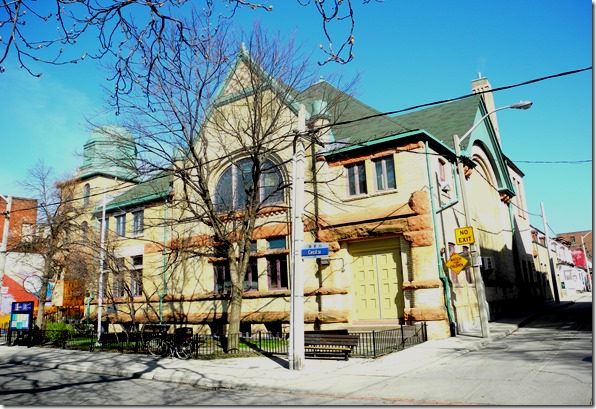
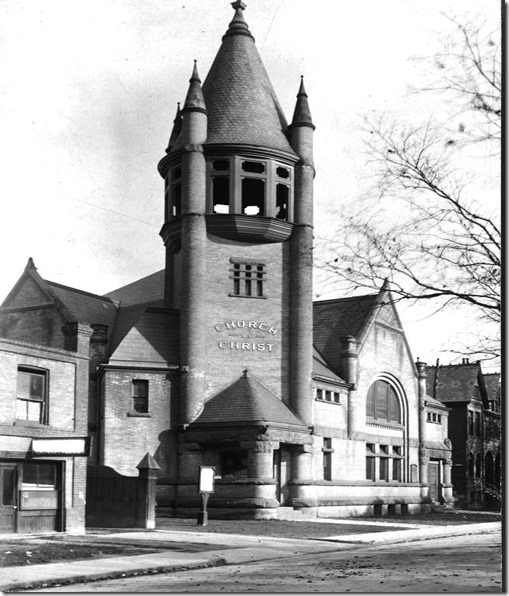
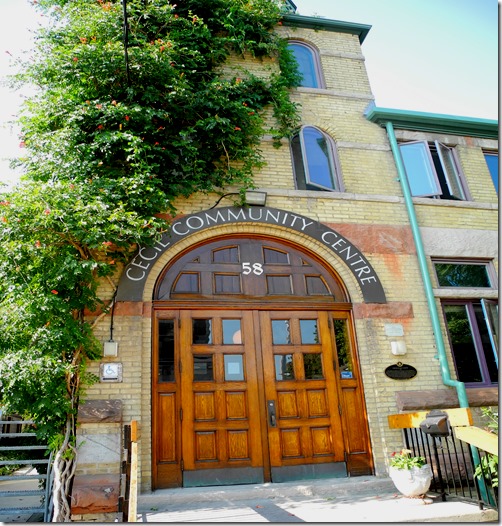
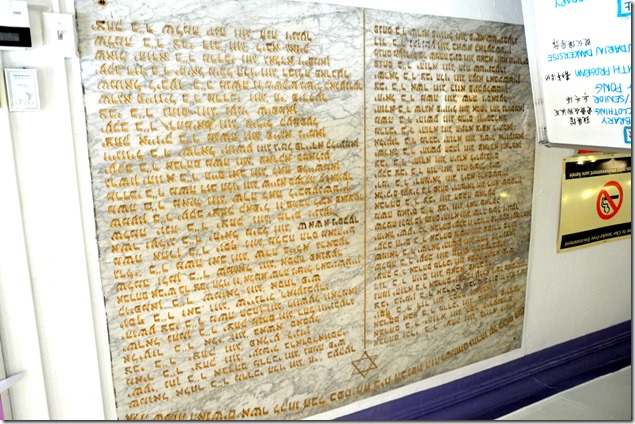
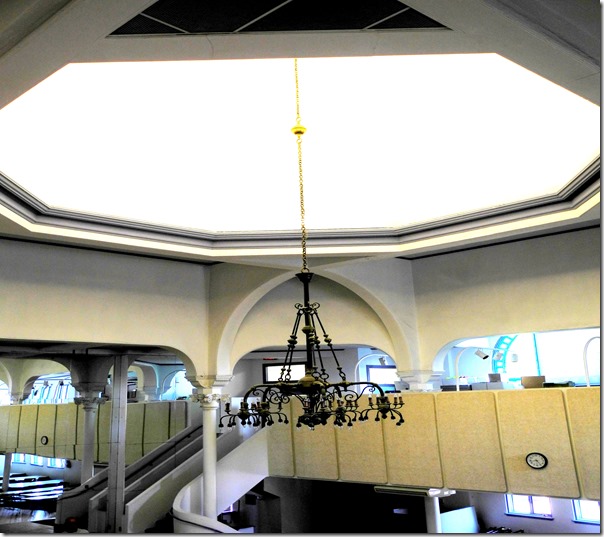
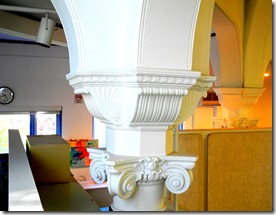
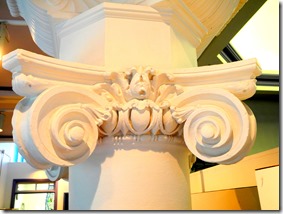
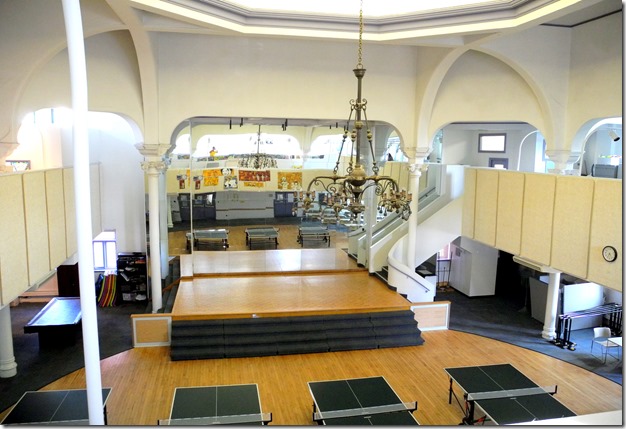
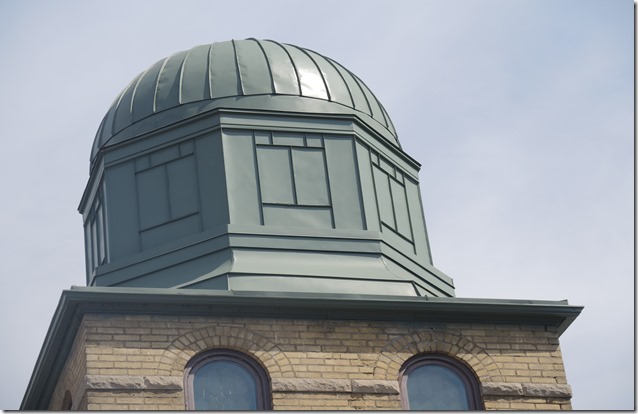
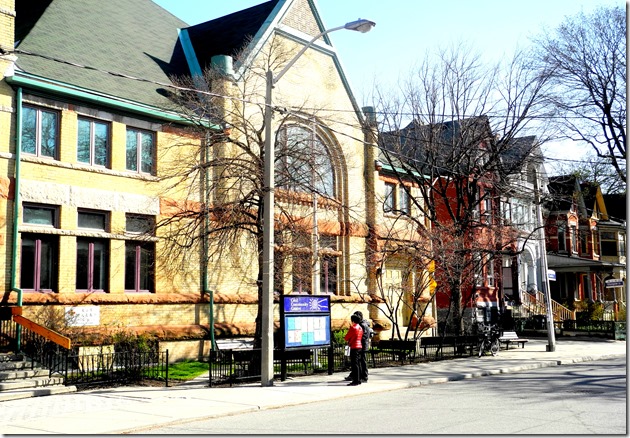

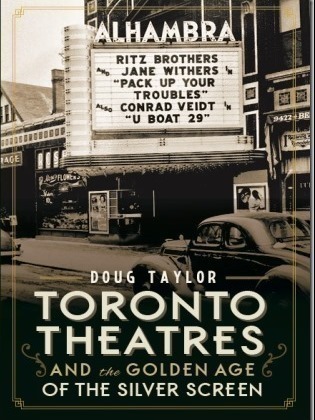


The plaque is posted upside down. My family members are engraved thereon
as is the no smoking sign–amazing no one has fixed it!